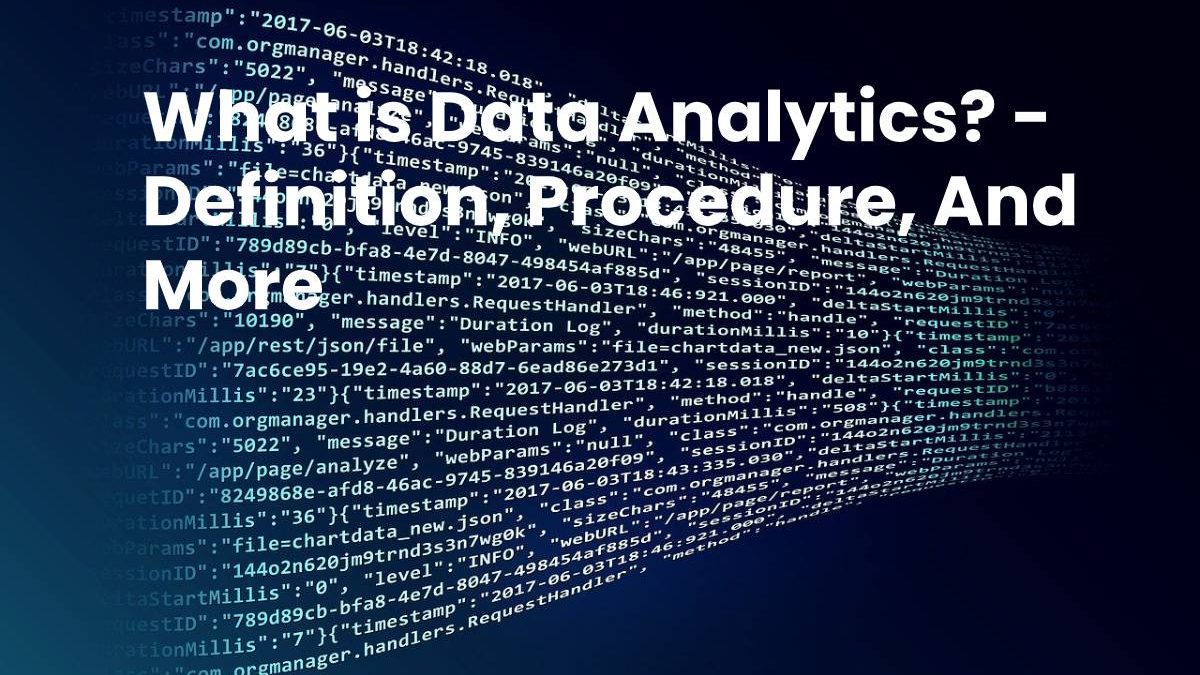Definition Data Analytics
Data analysis is a procedure of inspecting, cleansing, transforming, and modeling data to discover useful information, that supports conclusion and decision-making.
Data analysis is a technique through which the data examines, purifies, and transforms to highlight all the beneficial information. So that we are able to draw conclusions that support decision making. It is a process full of many facets and points of view that include different techniques in a variety of names, in various businesses, and the context of the social sciences.
The Procedure of Data Analytics
- When conducting exploration or a survey, researchers must go through different stages within it. Once the person completes the data collection and processing stage, the most fundamental step of all research work begins. That is the data analysis, this can be qualitative or quantitative.
- The qualitative data analysis is the procedure through which the information collected by the researchers get structured and handled. As to establish links, translate, extract meanings, and conclusions. This analysis characterizes by its cyclic and circular shape versus the linear position adopted in the quantitative data analysis.
- Due to their circular technique, experts may encounter certain aspects within the investigation. Which forces them to start new review cycles, until they find a sufficiently strong categorization scenario. That resists the variety of data present in the different text. It is something that we could not do in the quantitative linear model.
- Since it would be a bit complicated for the researcher, to re-access the field to look for more data. Or to revise the texts under new collection methods.
- It is essential to highlight that, within the analysis of qualitative data, the researcher may face specific difficulties when developing it.
- Some of them are the polysemic nature of the data collected, due to the complex meanings that are available in a video or Audio recording. The researcher must be very well prepared in terms of the topic or point that he wishes to extract from the analyzed reality.
- Another difficulty would be the magnitude of the collection of data; that is, the abundance of both textual and visual and audio information. Due to this difficulty, the researcher relies on computer software, a handy tool for systematization, and control of the analysis methodology.
- For its part, quantitative data analyze numbers and variables that we can measure to establish statistics. This type of analysis is capable of showing much more precise conclusions, which is why it is the most used method in the field of exact and natural sciences.

